Els Vanden Meersch
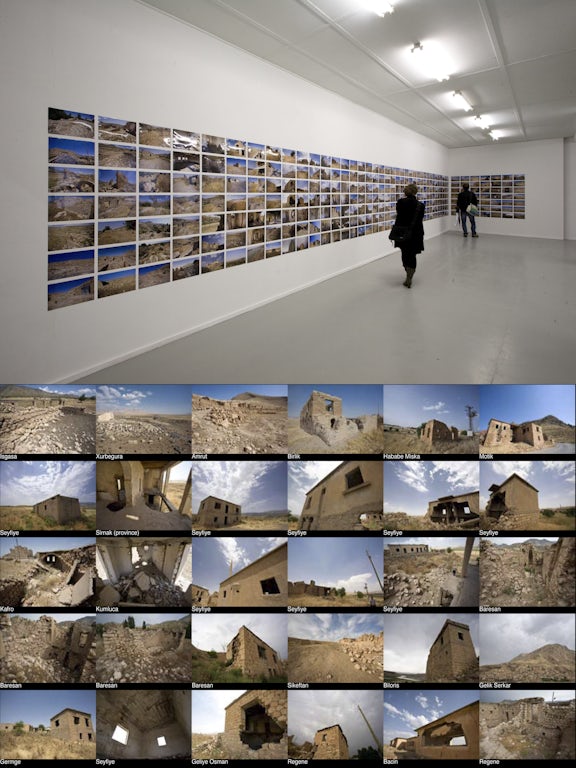
Hosgeldiniz
In my work I focus on architecture by means of photography and sound installations. Buildings mirror existential social behaviour. They contain both bottom-up and top-down social layouts and structures. They function as social blueprints.
I am interested in these types of buildings that, because of their functional nature, reveal our social interhuman convictions. Some buildings are hard to remove after transformation of a specific ideological era. Therefore they fossilise what often wants to be forgotten or monumentalise what has to be recalled. Institutional buildings can be micro-societies, revealed or hidden, operating within a macro-society.
Subject of my fascination is architecture as representation of shared histories or common memories. Which architectural traces or, in case of conflict, architectural 'scars' societies choose to preserve and which they don't. Selecting or ignoring architectural sites is a way of defining oneself. It is often an interplay of politics and identity. The identity-bound character of architecture manifests itself by its political use through intentional devastation, collateral damage, neglect or monumentalisation. In case of conflict the objective to erase memories, history and traditions attached to architecture is a goal in itself. Identity is largely designed by culture, not in the least by architecture like shrines, social gathering places, historical places that represent myths of descent. Undermining cultural property as tangible reminders means weakening identity formation of communities.
Before I reorientated myself towards the Middle East, I searched my own part of the world trying to reveal blind spots. Locations were chosen on the basis of historical content and are in most cases neglected sites. Large-scale projects are among others Monument of post political oblivion based on the Prora building at Rugen, Germany, and Raatbouwtorens based on cold war observation towers in the Netherlands. Travelling to Turkey I started to create a visual monument called Xwesh hatin/Welcome/Hosgeldiniz of the 3500 ghost villages in Southeast Turkey.
Depending on the specific content of a project I choose between an analytical approach or a more suggestive approach where possibilities are more important than facts. From 2013 until 2016 I realised Mastering the Curtains which is an intensive research of two perspectives in the Islamic Republic of Iran. The first approach focuses on the content and implementation in the public space of the old popular and politicised street theatre Tazi’yeh. The second approach explores the hidden world of the Sufis and their political difficulties within the current policy. Originally, these seeming opposites have common ground in Iranian collective memory through a rendition of social and spiritual resistance.
The four-year research process involved continuous oscillation between exploration and self-reflection. Reflections on religion, other and I, private and public, transparency and control are combined with series of images as in a 'flow of consciousness’. This results in a multimedia use of text, images and sound that boosts the simultaneity of places and times. The social potential of secular mysticism is distilled from this research.
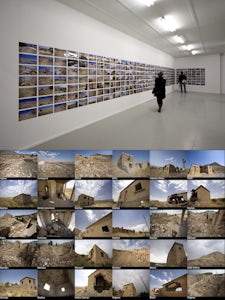

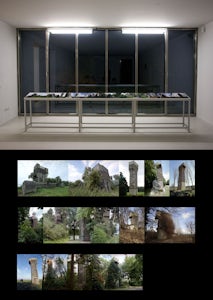
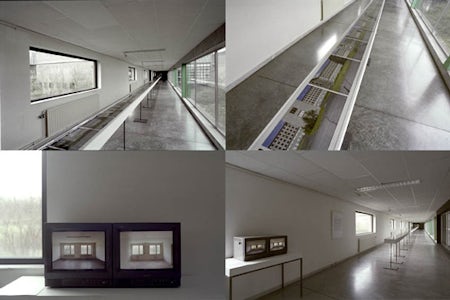
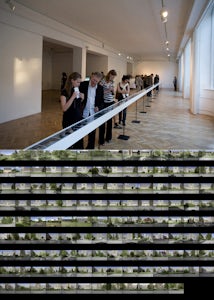
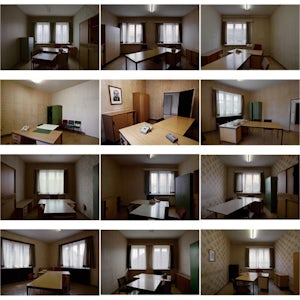
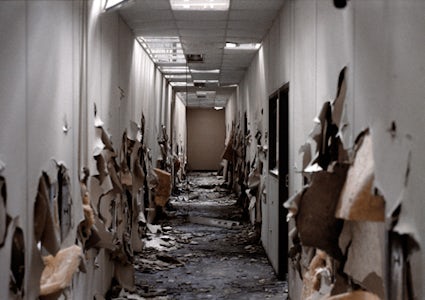
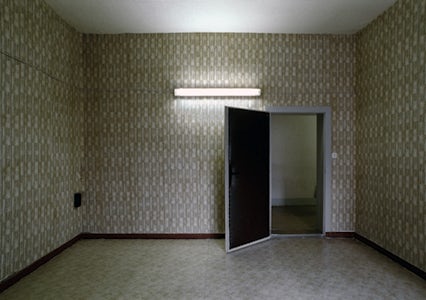
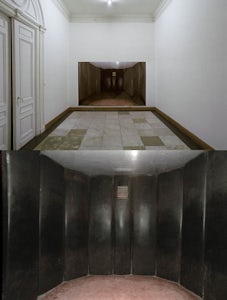
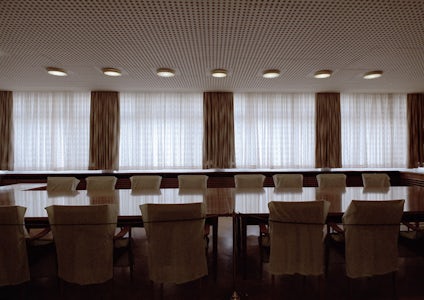

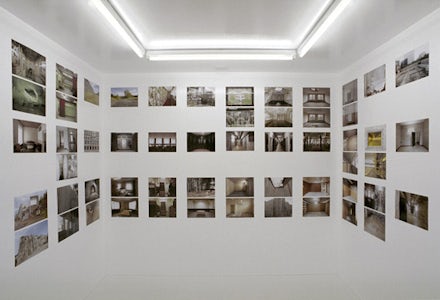
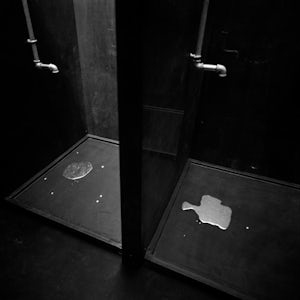
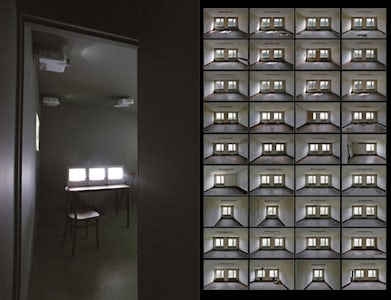
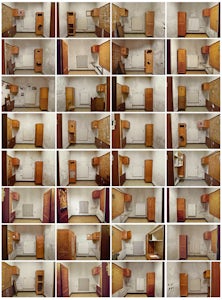
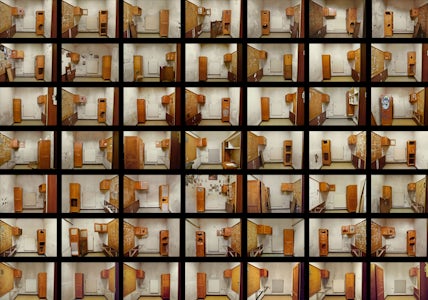
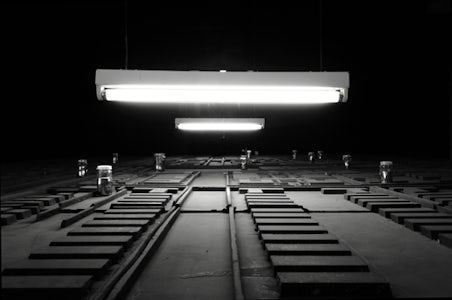
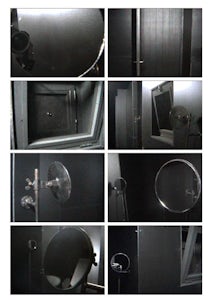
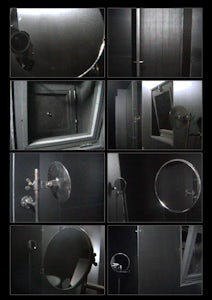
Group shows (selection)
Artist
Group shows (selection)
Curator
Residencies (selection)
Discover Els Vanden Meersch also among:
Artists
A curated overview of visual artists in Flanders.
Flanders Arts Institute
Expertise centre for performing arts, music and visual arts.

